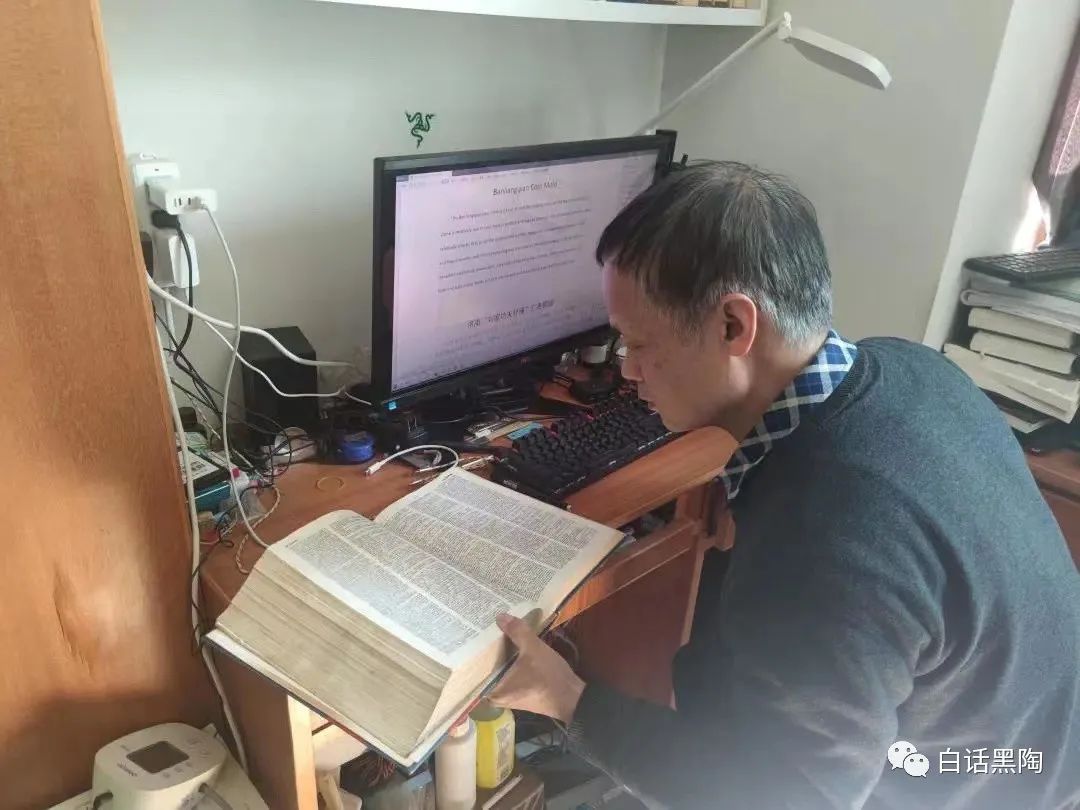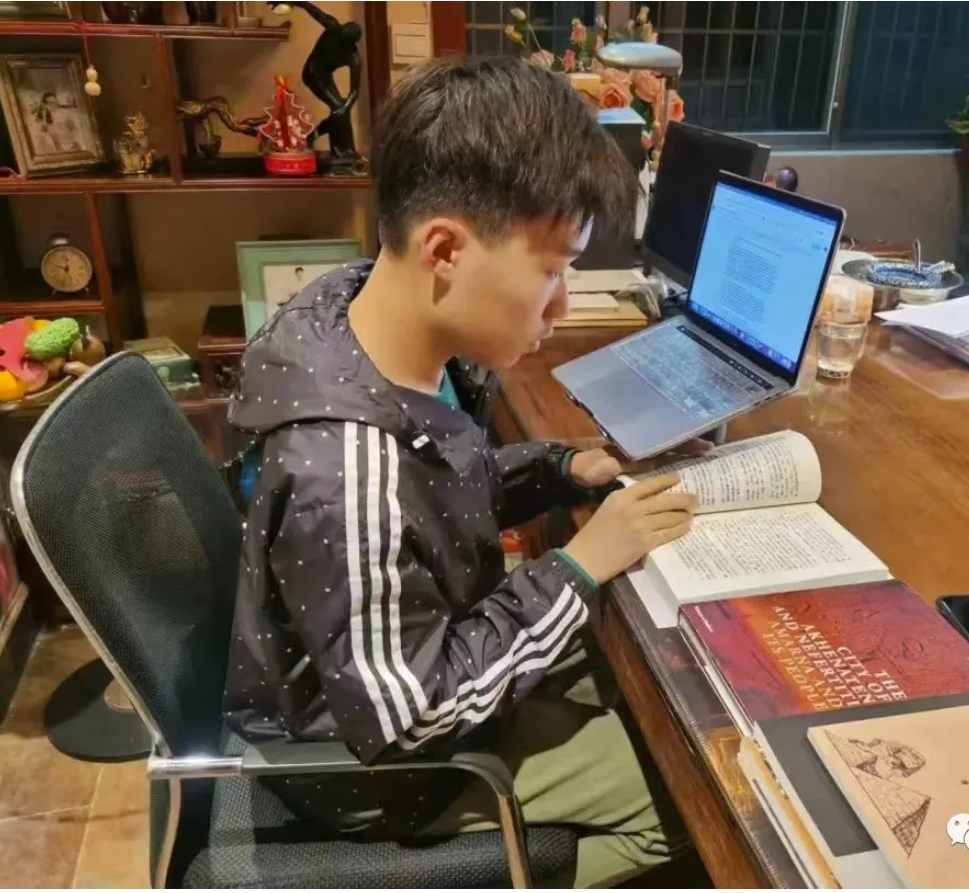济南博物馆志愿工作
 297
297
Due to the diverse language requirements for cultural relics in Jinan Museum, I and other volunteers utilized our expertise to complete the translation of cultural relics introductions. Due to my strong interest in cultural relics and my expertise in English, I am mainly responsible for translating the introduction of Chinese cultural relics in museums into English. The whole process was much more difficult than I had imagined, because there were some proprietary terms related to Chinese archaeology that were difficult to accurately express in English. Therefore, the entire process involved researching, repeatedly scrutinizing, and carefully proofreading to ensure that foreign friends could accurately and deeply understand Chinese history and culture. In addition, I also provided English voiceovers for the explanations at Jinan Museum to ensure a high-quality museum experience. My volunteer work, along with the proofreading of the manuscript by two other volunteers, Zhao Aiguo and Ma Tianyou, has been successfully completed.
由于济南博物馆有丰富馆藏文物解说语言种类的需求,我与其他志愿者发挥自身的专长,完成了文物介绍的翻译工作。因为对文物的浓厚兴趣,加上英语的特长,我主要负责将博物馆中文文物介绍翻译成英文。整个过程比我想象中要困难很多,因为有一些与中国考古有关的专有名词是很难用英文准确的表达出来的,所以整个过程少不了查阅资料,反复推敲,精心校对,确保外国友人能够准确,深刻地了解中国历史与文化。除此之外,我还为济南博物馆提供了讲解的英文配音,确保博物馆体验的高质量。我的志愿工作,加上其他两位志愿者赵爱国和马天佑老师对稿件的校对,使得志愿工作顺利完成。

我(马浩轩)在做翻译工作 (Ma Haoxuan) is doing translation work


其他两位志愿者 The other two volunteers
半两钱范
这件半两钱范是制作钱币的一种模具。石料作为钱范的材质,成本较为低廉,质地坚硬,易于保存。石范的制作较为简单,即在磨光的范面上,设计钱模和流道的排列,然后直接刻模于范面,秦汉半两都使用石质钱范,特别是汉初。制作钱币时,首先将正反石范相扣并填充外部缝隙后,沿口灌进熔化的铜液,待冷却后成了钱胚。钱胚还需摘断磨锉加工,之后才会形成我们看到的铜钱。
Mold for minting Ban Liang
This artifact is a kind of mold used for minting Ban Liang (the first unified currency of the Chinese Empire). Stones were used as the material for coin molds because of their low cost, sturdy texture as well as the fact that they are easy to preserve. Stone molds were used in the Qin and Han dynasties and are relatively simple to manufacture, especially in the first half of the Han dynasty. The shapes of the coins alongside the channel of which the molten copper would flow through are first designed on the polished surface of a stone, before being carved directly into it. When casting the coins, the respective interlocking molds for the obverse and reverse are put together, while the gaps between them would be filled. Molten bronze would be poured in via an opening, and would be left to cool down. The coins would then be disconnected from the resulting product, with the rough edges being sanded off, becoming the coins that we now see.
清代·窑变达摩像
从海道飘然而来的古印度僧人达摩,被尊为禅宗的初祖。瓷雕窑变达摩像高37.5厘米,通长14.7厘米,通宽11厘米。底长13.6厘米,底宽11厘米。窑变,是指瓷器在烧制过程中,由于窑内温度的变化而导致釉面的不确定性自然变化。
“Kiln transformation glaze” Dharma statue, Qing dynasty
The ancient Indian monk Dharma, who came to China by traveling across the sea, was revered and regarded as the founder of Zen Buddhism. The porcelain statue is 37.5 cm tall and
14.7 cm long, with an overall width of 11 cm. The base length is 13.6 cm, and the base width is 11 cm. Kiln transformation refers to porcelain during the firing process, due to changes in the internal temperature of the kiln leading to natural variations and uncertainty in the glaze’s color.
清光绪·东坡游赤壁橄榄核雕
这是清光绪年间用橄榄核雕刻而成的乌篷船,长4.2厘米,宽2厘米,为国家三级文物。在这件小小橄榄核上共雕有22个人物,船舱为布满雕花装饰的两层阁楼,上层两面各有两个窗户,每个窗户内有两个人,下层两面各有两个窗户四个窗扇,每个窗扇都可以开合自如。船头船尾各有两个人,好像在下棋,又好像在饮酒赋诗。在船的底部,还雕刻有苏东坡《赤壁赋》130字。真是小小核面乾坤大。核雕这一工艺,被录入第二批国家级非物质文化遗产名录。
“Dongpo Tour Chibi” Olive Core Carving, Guangxu era, Qing dynasty
This is a carving of a black-awning boat made of an olive core during the Guangxu era of the Qing Dynasty. The boat, 4.2 cm long and 2 cm wide, is a national third-class cultural relic.
The awning has two floors, with two people in each window on the upper floor and the windows of the lower floor can be opened. There are two people in the bow and stern of the ship, seemingly playing chess, or drinking and composing poems. At the bottom of the ship, the 130-character Chibi Fu by Su Dongpo is also finely engraved. The craft of olive core carving is included in the second group of the National Intangible Cultural Heritage list.
关于此次志愿工作的更多信息请见济南市博物馆公众号



